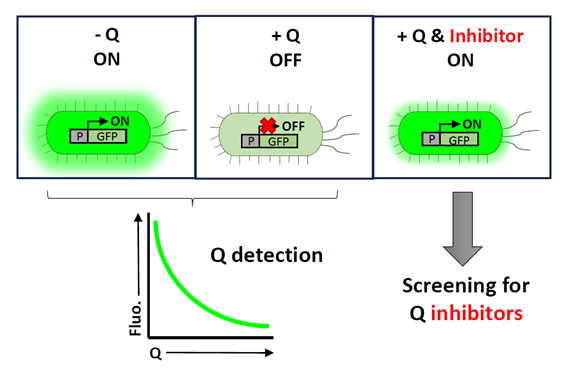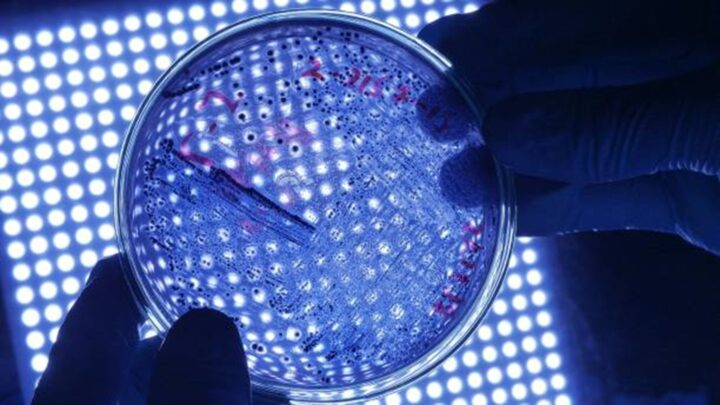Post-transcriptional modifications in tRNAs play a crucial role in refining the translation process. However, many of these modifications, including queuosine (Q), are not well understood, particularly regarding their physiological functions in bacteria. In eukaryotes, Q is associated with various biological processes, such as cell maturation and cancer proliferation, but its role in bacterial physiology remains relatively unexplored. Emerging evidence suggests that Q might influence gene translation, potentially affecting the expression of genes enriched in NAU codons. Understanding the role of Q in bacterial translation could offer insights for targeted interventions in bacterial infections and related conditions.
In this context, researchers from the Department of Molecular Evolution at the Center of Astrobiology (CAB), INTA-CSIC, have developed a method for detecting queuosine, a promising target for preventing bacterial infections and biofilms.
The proposed method is suitable for the quantification of queuosine levels. This is a nucleoside present in bacterial and eukaryotic transfer RNA, which is linked to biofilm formation, virulence, and complex human diseases. The method involves the creation of an artificial genetic construct containing a gene for a fluorescent protein and a regulatory region that controls its expression depending on the levels of queuosine or its precursors in a sample. Apart from bacterial infections, queuosine has been associated to various pathologies related to microbial dysbiosis, such as chronic intestinal diseases. Moreover, multiple studies have addressed its potential role as an antitumoral molecule.
In addition to its therapeutic application, the discovery of this mechanism provides a better understanding of the process of bacterial community formation, virulence control, and adaptation to extreme conditions.

Benefits:
- It allows the measurement of queuosine or its precursors in a straightforward, cost-effective, and secure.
- It may serve as a simple and scalable detection tool for antimicrobial surveillance.
- It provides high sensitivity, operating at very low concentrations (in the nanomolar range), which is crucial for early detection.
- It could be used to prevent and combat problems related to biofilms and infections caused by a wide range of bacterial species.
The represented institution would like to obtain feedback about the technology and, if interested, to talk about possible collaborations that lead to commercial exploitation of the presented invention.
Institution: Center for Astrobiology (CAB), INTA-CSIC
TRL: 4
Protection status: Patent application
Contact: Elisa Sáenz / e.saenz@viromii.com

